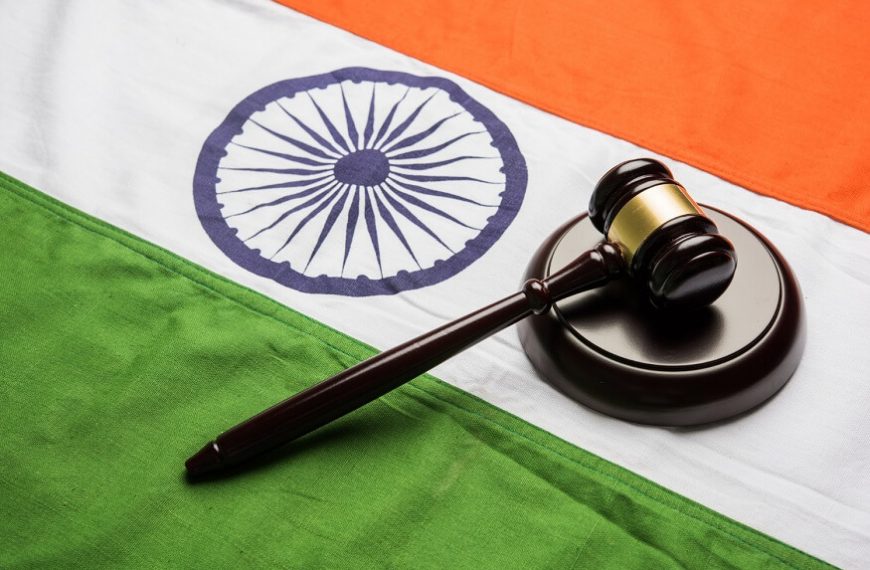Every nation has its unique story and set of principles that govern its citizens. For many countries, these principles are enshrined in a document known as the Constitution. And to celebrate the importance of this document, many nations observe a day termed as Constitution Day. This occasion offers a golden opportunity for students and children to delve deep into their country’s history, understand its founding ideals, and participate in various related activities.
What is Constitution Day?
- Definition:
- Significance for students and children:
What is Constitution Day? Well, Constitution Day is a national observance which commemorates the adoption of a country’s fundamental law or constitution. It serves as a reminder of the country’s journey, the struggles faced, and the values that bind its people together.
This day is not just a date on the calendar but an educational moment. Students and children get to understand what “constitution” means, its importance, and how it impacts their daily lives.
When is Constitution Day?
- Date Variability:
- A Global Perspective:
If you’re wondering as to when is Constitution Day, then we want to inform you that the date of Constitution Day varies from country to country, depending on when the irrespective constitutions were adopted. For instance, in the United States, Constitution Day is celebrated on September 17th, marking the day the US Constitution was signed in 1787.
In India, it’s observed on November 26th, recognising the adoption of its Constitution in 1949. Similarly, Spain celebrates it on December 6th, reflecting the approval of the Spanish Constitution in 1978.
Constitution Day Activities
Some of the constitution day activities are explained in detail below:
- Educational Sessions:
- Civic Participation:
- Creative Outputs:
Many schools and institutions organize special sessions where they explain the core tenets of the Constitution, its history, and significance.
Students often participate in mock parliamentary sessions, role-plays, and debates to better understand the constitutional processes.
Drawing competitions, essay writing, and other creative endeavors centered around the theme of the Constitution are common activities. These not only allow students to express their understanding creatively but also help in reinforcing their knowledge.
Constitution Day History
- Origin Stories:
- Evolution of Observance:
- Examples of Celebrations:
The Constitution Day history traces back to the day when the nation’s founding document was either adopted or came into effect. In many cases, it marks a turning point in the nation’s history, post which it embarked on a path of democratic governance.
While the primary reason remains the celebration of the adoption of the constitution, over the years, the way it is celebrated has evolved. It’s no longer just a remembrance; it’s an educational and participative day, especially for the younger generation.
In countries like South Korea and Mexico, parades, ceremonies, and civic lessons mark the occasion. In Norway, Constitution Day is combined with Children’s Day, and parades with school bands form a significant part of the celebration.
Delving Deeper: The Constitution as a Living Document
One of the fascinating aspects of a constitution, which often goes unmentioned, is its nature as a living document. For students and children, this concept might initially seem abstract, but its implications run deep and are worth exploring.
Flexibility and Change
A constitution isn’t a static piece of legislation. While its core principles might remain the same, many constitutions have provisions for amendments, allowing countries to adapt to evolving societal needs and values.
For instance, the U.S. Constitution, one of the oldest written constitutions, has been amended 27 times since its inception. Each amendment represents a moment in American history, a need for change, or a reiteration of societal values. The 19th Amendment, which granted women the right to vote, is a testament to the evolving nature of societal norms and the Constitution’s ability to reflect.
The Role of Judiciary
Another crucial aspect to explore, especially for older students, is the role of the judiciary in interpreting the Constitution. Across many democracies, constitutional courts or their equivalents play a pivotal role in ensuring that new laws and policies align with the constitution’s principles.
Tаke the exаmple of the Unіted Kingdom. While it doesn’t have a single consolidated constitution like many other countries, its judiciary plays a vital role in interpreting and ensuring the rule of law, often referencing constitutional statutes, conventions, and other legal sources.
Constitution Day Worldwide
Let’s also recognise that the concept of a constitution isn’t unique to any one country. Almost every nation has some form of a constitution, be it written or unwritten, consolidated or dispersed. The universality of the idea of a constitution brings forth an essential aspect – the shared human need for governance, order, rights, and responsibilities.
Students might find it enriching to explore how different countries, with their unique histories, cultures, and challenges, have approached the concept of a constitution. For instance:
- Japan:
- South Africa:
Post World War II, under the guidance of the Allied forces, Japan adopted a new constitution, which, among other things, renounced war. This is a reflection of the global context at the time and Japan’s aspirations moving forward.
Emerging from the shadows of apartheid, the South African constitution is hailed as one of the most progressive, ensuring rights and dignities previously denied to a significant portion of its population.
Celebrating Diversity through the Constitution
Many constitutions explicitly recognise and celebrate the diverse cultures, languages, and religions within a nation. This recognition not only legitimizes the varied identities but also ensures protection against discrimination. Understanding this aspect can help students appreciate diversity and instill values of inclusion and tolerance.
For younger students, a simple activity could involve discussing the various cultural festivals, languages, and traditions within their country and linking it back to how the constitution protects and celebrates this diversity.
Engaging with Constitution Day
Finally, an essential aspect of Constitution Day is engagement. While it’s important to understand the theoretical aspects of the constitution, real learning comes from engagement. Schools can organize field trips to courthouses, invite legal experts for discussions, or even engage students in drafting a “classroom constitution”, encapsulating the rules and values they want to uphold.
Conclusion
Understanding the Constitution is not merely an academic exercise. It provides insights into a country’s ethos, its values, and its aspirations. By observing Constitution Day, students and children get a chance not only to reflect upon their nation’s history but also to recognise the responsibilities and rights they possess as citizens. This day serves as a bridge, connecting the past with the present, and guiding the way for the future.
On that note, don’t forget to give your child a strong foundation for understanding the world around them. Enroll them at EuroKids Preschool, where learning and growth go hand in hand.















